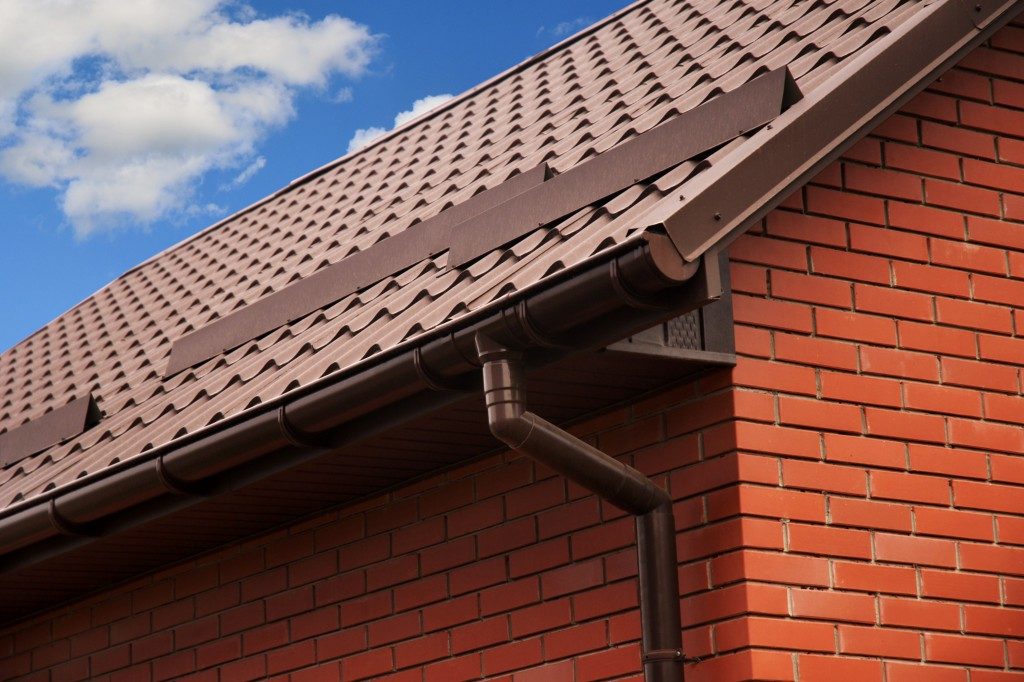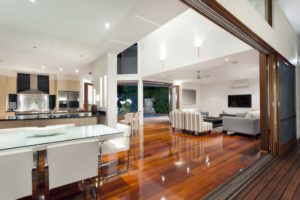The simple task of choosing your roof can point to the subsequent direction of your expenses, aesthetics, and lifestyle. Whether it’s for a newly constructed house, a commercial building, or a prospective renovation, your roof will define your property in so many aspects.
Experienced roofers in Utah County and other locations will be more than happy to provide professional advice and show you designs to determine which roof goes best with your property. For now, though, it is best to answer one of the most basic roofing questions that can narrow down your overwhelming array of options. Should you go for a flat roof or a pitched roof?
The following information will help you decide:
Structure and Aesthetics
First, a great deal of this decision will be based on what kind of structure you need roofing for. The widespread norm is that commercial buildings tend to opt for a flat roof, while residential ones go for a pitched roof. The reason for this is the nature of installation; it is easier, safer, and more practical to install a flat roof on multilevel and large span buildings, as is the case for most commercial buildings.
Meanwhile, residents lean more towards the traditional aesthetic of a pitched roof, as evidenced by the default pitched-roofed houses kindergartners doodle on their drawing notebooks.
It is interesting to note though that more and more architects are recently employing the use of flat roofs for residential designs. Thanks to its association with the more modern, sleek, and minimalist trend, flat roofs have also shot up in the market for residential buildings, and are becoming a norm in some neighborhoods just as much as pitched roofs.
For renovations, extensions like garages and terraces, in particular, are generally recommended to go for a flat roof because it is still easier and much more cost-effective to accomplish.
Costs

Ultimately, your roofing costs will still depend on the property’s location, size, and your roofing company’s competence. For reference, flat roofs are generally cheaper than pitched roofs, both installation and maintenance wise. As previously mentioned though, flat roofs becoming a rising trend among residential buildings have given way to more advanced technological features (insulation improvements, waterproofing, among others) that may now also render it just as expensive.
Maintenance and Repairs
To ensure longevity, both pitched and flat roofs require regular maintenance, especially when habitually exposed to harsh weather and elements. Although not actually completely flat, flat roofs may need more maintenance and repair as it is more likely to pool water in its hollows and niches, which is the primary culprit for many kinds of roof damage. On the same note, albeit not as often, necessary repairs on pitched roofs might be more expensive owing to its more complicated rafter system and extra labor.
Other Important Things
Consider your structural preferences and how they might affect your decision. For example, if you’ve always dreamed of having a habitable attic in your home, then a flat roof will definitely not work for you. Likewise, if you’re looking into having a green roof, then a pitched roof will not be best.
The decision will still boil down to the unique nature of your property and more importantly, to the features you prioritize and what you think is worth your money. The above breakdown, however, will help you come up with a more informed decision that will affect your future in more ways than you can imagine.


















